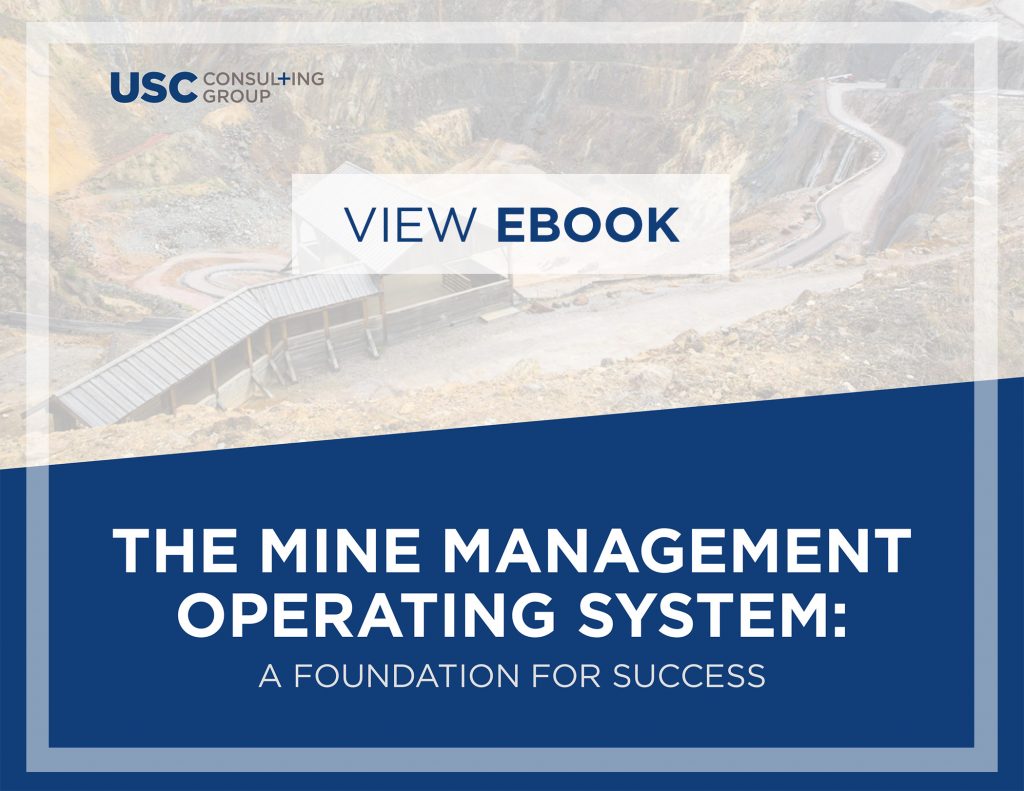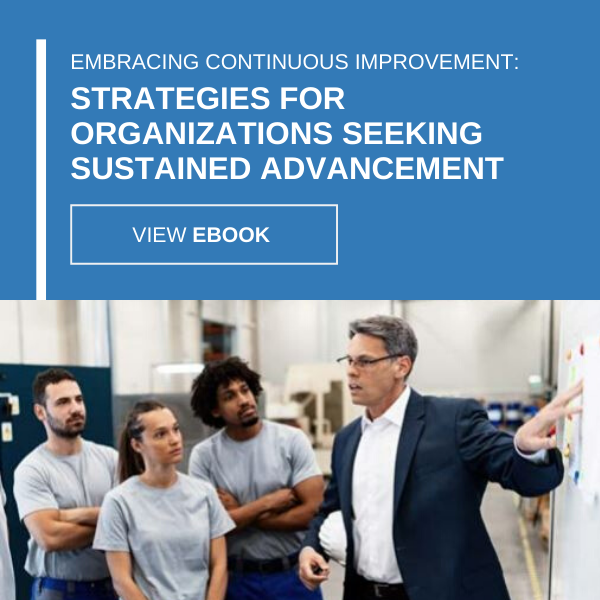-
Subscribe to Blog:
SEARCH THE BLOG
CATEGORIES
- Aerospace
- Asset Maintenance
- Automotive
- Blog
- Building Products
- Case Studies
- Chemical Processing
- Consulting
- Food & Beverage
- Forestry Products
- Hospitals & Healthcare
- Knowledge Transfer
- Lean Manufacturing
- Life Sciences
- Logistics
- Manufacturing
- Material Utilization
- Metals
- Mining
- News
- Office Politics
- Oil & Gas
- Plastics
- Private Equity
- Process Improvement
- Project Management
- Spend Management
- Supply Chain
- Uncategorized
- Utilities
- Whitepapers
BLOG ARCHIVES
- September 2025 (1)
- August 2025 (2)
- July 2025 (2)
- June 2025 (4)
- May 2025 (1)
- April 2025 (1)
- March 2025 (1)
- February 2025 (4)
- January 2025 (4)
- December 2024 (4)
- November 2024 (2)
- October 2024 (6)
- September 2024 (5)
- August 2024 (5)
- July 2024 (6)
- June 2024 (3)
- May 2024 (3)
- April 2024 (4)
- March 2024 (3)
- February 2024 (4)
- January 2024 (5)
- December 2023 (2)
- November 2023 (1)
- October 2023 (6)
- September 2023 (3)
- August 2023 (4)
- July 2023 (2)
- June 2023 (3)
- May 2023 (7)
- April 2023 (3)
- March 2023 (3)
- February 2023 (5)
- January 2023 (6)
- December 2022 (2)
- November 2022 (5)
- October 2022 (5)
- September 2022 (5)
- August 2022 (6)
- July 2022 (3)
- June 2022 (4)
- May 2022 (5)
- April 2022 (3)
- March 2022 (5)
- February 2022 (4)
- January 2022 (7)
- December 2021 (3)
- November 2021 (5)
- October 2021 (3)
- September 2021 (2)
- August 2021 (6)
- July 2021 (2)
- June 2021 (10)
- May 2021 (4)
- April 2021 (5)
- March 2021 (5)
- February 2021 (3)
- January 2021 (4)
- December 2020 (3)
- November 2020 (3)
- October 2020 (3)
- September 2020 (3)
- August 2020 (4)
- July 2020 (3)
- June 2020 (5)
- May 2020 (3)
- April 2020 (3)
- March 2020 (4)
- February 2020 (4)
- January 2020 (4)
- December 2019 (3)
- November 2019 (2)
- October 2019 (4)
- September 2019 (2)
- August 2019 (4)
- July 2019 (3)
- June 2019 (4)
- May 2019 (2)
- April 2019 (4)
- March 2019 (4)
- February 2019 (5)
- January 2019 (5)
- December 2018 (2)
- November 2018 (2)
- October 2018 (5)
- September 2018 (4)
- August 2018 (3)
- July 2018 (2)
- June 2018 (4)
- May 2018 (3)
- April 2018 (3)
- March 2018 (2)
- February 2018 (2)
- January 2018 (1)
- December 2017 (1)
- November 2017 (2)
- October 2017 (2)
- September 2017 (1)
- August 2017 (2)
- July 2017 (2)
- June 2017 (1)
- April 2017 (3)
- March 2017 (3)
- February 2017 (2)
- January 2017 (2)
- December 2016 (2)
- November 2016 (4)
- October 2016 (4)
- September 2016 (3)
- August 2016 (6)
- July 2016 (4)
- June 2016 (4)
- May 2016 (1)
- April 2016 (3)
- March 2016 (4)
- February 2016 (2)
- January 2016 (4)
- December 2015 (3)
- November 2015 (3)
- October 2015 (1)
- September 2015 (1)
- August 2015 (4)
- July 2015 (6)
- June 2015 (4)
- May 2015 (7)
- April 2015 (6)
- March 2015 (6)
- February 2015 (4)
- January 2015 (3)
CONNECT WITH US
Tag Archives: OpEx
Mining companies are embracing operational excellence to remain competitive, profitable, and sustainable in a challenging and rapidly evolving industry.
Operational Excellence is the cultural and process foundation that enables mining companies to unlock real value. Companies that operate without a strong Operational Excellence mindset often struggle with performance improvement, change adoption and sustainability.
Largely driven by efforts to improve safety, increase operational efficiency, reduce downtime, improve cost performance, meet sustainability goals, and manage operational risks, many companies already have or are deploying an Operational Excellence framework of practices, tools, and behaviors. It combines process discipline with people engagement and data-driven decision-making.
The benefits of Operational Excellence
Mining companies that embrace Operational Excellence are realizing a range of measurable, quantifiable benefits across safety, cost, productivity, and ESG metrics. These gains often begin within months and scale significantly with sustained execution and digital integration.
There are many real-world examples of how mining companies are applying Operational Excellence in their operations and linking with the use of today’s developing technologies:
- When addressing equipment reliability issues, BHP deployed predictive analytics across its mobile equipment fleet, and reduced unplanned maintenance by up to 25%, thus improving asset availability, and saving millions in downtime.
- Rio Tinto leveraged bottle-neck analysis, short interval controls and Lean Six Sigma practices to address process optimization issues and used digital twins at its processing plants to optimize throughput and reduce energy use, while boosting recovery rates by 2–5%.
- After analyzing fleet performance and dispatch efficiency issues with continuous improvement kaizens and visual management/KPI dashboards, Newmont leveraged an integrated Operational Excellence dispatch system using AI that improved truck utilization and increased daily production by 7–10% at certain sites.
- An asset of Teck Resources used Operations Excellence processes and tools to better understand energy use through waste identification, energy audits and cross-functional teams to deploy AI-driven energy optimization, cut energy consumption by 9%, which contributed to both cost savings and ESG targets.
As with any performance change, organizations will vary focus as they mature. Early-stage Operations Excellence organizations focus on fixing the basics — stabilizing performance and embedding a management rhythm; while mature Operations Excellence organizations deliver strategic advantage — agile, data-driven, low-cost, and high-performing operations.
The bottom-line, Operational Excellence is the cultural and process foundation that enables mining companies to unlock real value. Companies that digitize without a strong Operational Excellence mindset often struggle with adoption and sustainability.
How to accelerate Operational Excellence maturity
USC Consulting Group is an operations management consulting firm that partners with organizations and coaches your people to significantly impact performance outcomes and accelerate Operational Excellence maturity.
USC brings a tailored, structured, and disciplined methodology, along with a range of tools and techniques we apply collaboratively with our client’s personnel. We work with our clients to find full operating potential and unlock the hidden value through Operational Excellence.
We identify waste, redundancies, and ineffective processes, and then rapidly recover the prioritized opportunities, and convert them to improvements in performance and operating profit. Further, our people embed with client teams to develop, enhance, prototype, validate and implement operational excellence strategies to drive, sustain and perpetuate improvements in mining operations, while changing how plans, schedules, and work is executed.
In short, USC implements measurable, sustainable changes that drive operational performance and financial improvements.
USC clients experience measurable operational and financial results that significantly improve both the efficiency and profitability of their operations such as:
- Enhanced Safety Performance (10–40% reduction in injury rates)
- Increased Production Throughput (5–15% increase in ore mined or tonnes processed per day, reductions in production losses, downtime, delays, and rework)
- Higher Recovery and Yield (2–5% increase in mineral recovery through process optimization)
- Improved Equipment Reliability & Availability (10–25% reduction in unplanned downtime; 5–15% increase in OEE)
- Lower Operating Costs (8–20% reduction in cost per tonne; reductions in overtime, fuel usage, maintenance, and material waste)
- Reduced Variability (Up to 50% reduction in cycle time variance in drilling, hauling, and milling)
.
USC Helps You Tackle Key Challenges
- Optimize production strategies and increase mine throughput and mill recovery
- Predict asset integrity and reliability needs and improve time on tools and equipment availability
- Improve integrated mine planning across all time horizons to strategically & tactically impact performance
- Mitigate risks through stronger stakeholder partnerships, while removing redundancies in the supply chain
- Overcome cultural and organizational communication issues, while ensuring quality expectations
Do you want to understand how prepared your company is to build a performance focused culture that drives sustainable results based on an Operational Excellence foundation?
Want to find out more about how USC can help you unlock the hidden value lurking in your mining operations? Contact us today.
All championship-caliber teams are able to transfer plays on a chalkboard to game winning performances on the field. There is a strategy laid out and the players execute that plan to perfection. This is no different for a manufacturer’s operations team looking to achieve operational excellence.
Operational excellence strategies must involve every player in an organization knowing and driving the game plan. Each member of the team understands that product moves from Process A to Process B and so on in a specific quantity, at a specific time, to a specific location. If it doesn’t, then like a quarterback calls an audible, they recognize something is wrong and make corrective actions.
Reaching the OpEx end zone requires your operations personnel to be key players in creating and delivering products with meritorious results. Your operational excellence strategies need to include effective value stream and work flow cycles. The Flow of Value to your fans (the customer) can be seen by every employee and can be fixed should that process break down.
Having the right strategies in place in the game of operational excellence can make you feel like it’s 1st and goal… not 4th and long. Like hashmarks on the field, your success may be a matter of inches. With the right strategy, you can escape the blitz and come through in the clutch.
Watch this game tape for six plays that can help you achieve operational excellence:
1) Recruit the right players: Your employees and the culture they create in the workplace are pivotal to execution
2) Know the X’s and O’s: Map out and define what operational excellence actually looks like for your team
3) Trust your roster: Empower your workers with a game plan so they can make corrections when issues arise
4) Play to the whistle: When trying to reach your goal, don’t relent; true operational excellence revolves around continuous improvement
5) Review the game film: Establishing and interpreting KPIs help you evaluate the quality of performance
6) Support your fans: Understanding your customers’ needs and what it takes to satisfy them provides value propositions
If you have the desire, USC Consulting Group has the coaching successes and “in the trenches” experience. We can guide your team to the operational excellence end zone. Contact us today.
The 2010s are now a memory. Every decade has its fair share of ups and downs, but by most measures, this past decade was a good one for much of the country.
Granted, due to the Great Recession, the U.S. economy started out in a bit of a rough patch. However, thanks in part to regulatory changes and good old fashioned entrepreneurialism, the unemployment rate has reached record lows nationwide and extreme poverty globally is now in the single digits (8.6% from 18.2%, according to World Bank data).
“Operational excellence is the unyielding pursuit of greatness.”
There were many notable strides in the 2010s aside from sheer job growth. Such improvements were largely due to the role of operational excellence. Whether in terms of productivity, creativity or ingenuity, operational excellence is the unyielding pursuit of greatness, the constant and consistent refining of current processes in order to achieve a better outcome. According to polling conducted by the Institute for Operational Excellence, more than 70% of businesses professionals say OpEx is instilled in the very fabric of their company’s culture. Whether it’s business transformation, lean six sigma, process improvements or business process management, these methods are all designed to help businesses reach a little farther and dig a little deeper in terms of becoming better than they were yesterday, a month, or a year ago.
There are many ways to examine the OpEx lifecycle from 2010 to today, but perhaps the most salient examples are technological development, process management and ideologies, meaning the beliefs that help inform businesses’ strategy and understanding of what is the most important aspect of their operations. Here are a few examples from each category that show how the role of operational excellence has evolved over time.
Technology: Automated intelligence
Automation has changed the world in an extraordinary number of ways. From ubiquitous handheld technology, fast-food kiosks in restaurants and robotic installations in factory settings, automation today is everywhere. In the early 2000s, the share of new robot installations in hi-tech manufacturing rose 21% to a total of 21,000 worldwide, according to Oxford Economics. But by the mid-2010s, they grew an additional 31% to 91,000 in 2016.
What accounts for the surge? For starters, automation-related processes are not only better by today, but cheaper. As a result, more employees are working alongside robotics in order to manufacture and deliver products quicker and more efficiently. Much of this is attributable to growth and development in technological improvements in things like machine learning.
Karen Hao of MIT Technology Review wrote in 2018 that were it not for machine learning, many of the artificial intelligence advancements — such as viewing recommendations on Netflix or “fill in the blank” search suggestions on Google — would have stalled.
“Machine learning has enabled near-human and even superhuman abilities in transcribing speech from voice, recognizing emotions from audio or video recordings, as well as forging handwriting or video,” Hao explained, as quoted by Popular Mechanics.
While some presidential hopefuls and economists warn of significant job losses posed by automation, only 27% of respondents are worried about such a scenario affecting them, according to polling conducted by CNBC and Survey Monkey. This may be a function of employers retraining employees and repositioning them in roles where their skills can be better leveraged and in a better position for the company to achieve operational excellence.
Processes: Change management
In order to achieve results and get to a better place, change may be necessary. By its very nature, change is difficult, but in order to move forward, develop and learn from previous mistakes, structural or process-related changes may be required.
The roots of change management trace back to the early-to-mid 20th century from thought pioneers like Arnold van Gennep and Kurt Lewin. The last 10 years or so has resulted in change management taking on a life of its own, as not only have most businesses heard of the term, they’ve refined the process so whole-scale changes are less drastic.
“Change management is best accomplished through evolutionary changes.”
As noted by Oracle Technical Program Manager Burhan Syed, this has come from a greater focus on implementing evolutionary changes rather than revolutionary, using a more methodical, incremental approach versus those that are all at once. Today, change management is a process-related strategy as well as a profession, as companies hire individuals or operations management consultants to lead these sweeping efforts. Regardless of who pilots them, leadership is key.
“Leaders need to understand that their management styles must be able to adapt to the nuances of championing organizational change,” Syed wrote.
Ideology: Customer experience
While many would argue that the customer experience is every bit as important today as it was in 2010, few can deny the extent to which its become a singular focus. This is largely due to a greater number of companies vying over a smaller pool of consumers, so they must distinguish themselves to earn their loyalty. When it comes to measuring the success of improvements efforts, the third most common response among business owners point to is customer satisfaction, the Institute for Operational Excellence found.
Connie Moore of the Digital Clarity Group points to organizational change management, innovation, “outside the box” thinking and analytics as some of the key drivers to improving and refining the customer experience on an ongoing basis.
What will be the key takeaways in the 2020s and beyond? Time will tell, but you can make the decade a successful one by working with USC Consulting Group. From asset utilization to productivity improvements, sales effectiveness to cycle time reduction, we can help you achieve operational excellence so your greatest challenges in 2019 become your biggest strengths in the days ahead. Contact us to learn more.











